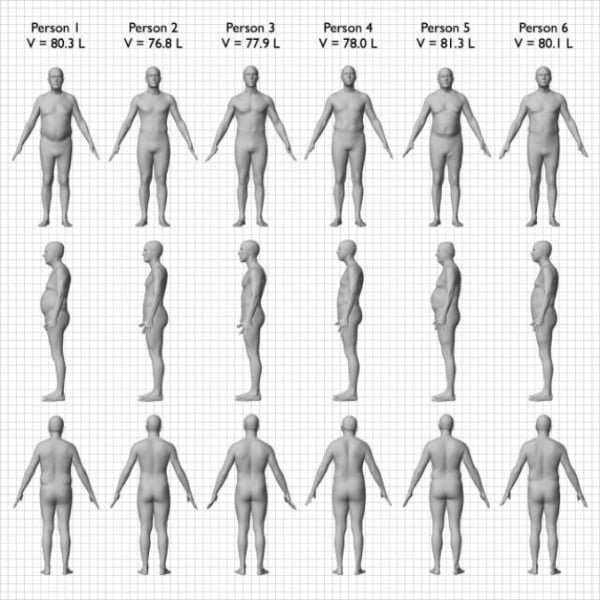
Image via iStock.
There are many ways you can assess your health, but one of the most common has become the Body Mass Index (BMI) scale.
A tool primarily used to identify people who have adverse health risks such as heart disease, it’s used by doctors, nutritionists and fitness experts alike – but has continually come under fire for its flaws.
RELATED: Does diet or exercise have the biggest impact on your health?
And now one simple chart has highlighted its issues even further.




